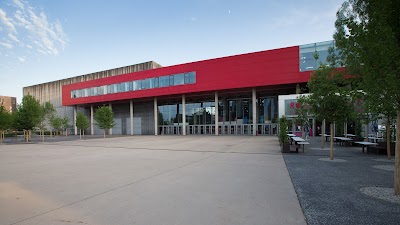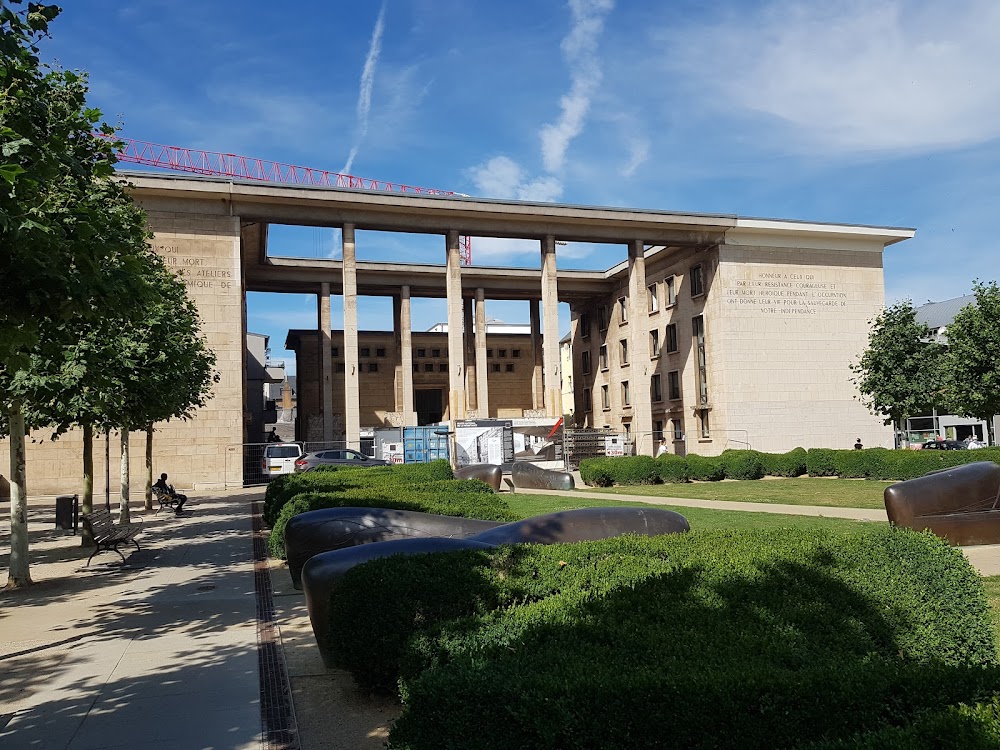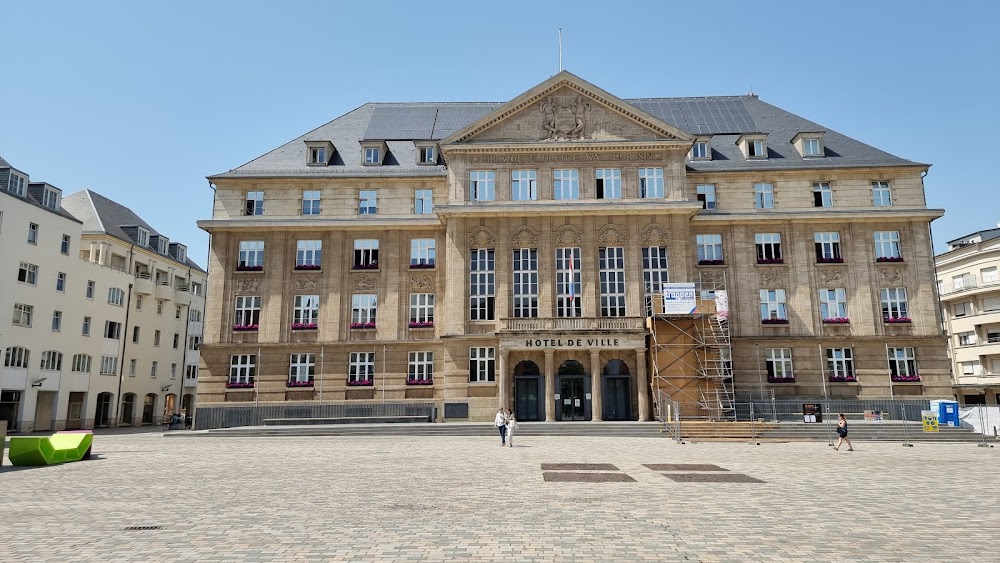Belval Blast Furnaces (Hauts Fourneaux de Belval)
Overview
**Blast Furnace A at Belval** is a striking monument to Luxembourg's rich industrial heritage, nestled in the Canton of Esch-sur-Alzette. As one of two iconic blast furnaces at Belval—its counterpart being Blast Furnace B—it represents a significant chapter in the story of Luxembourg's steel industry, which was vital to the country’s development.
The construction of Blast Furnace A began in the early 20th century, with its operations commencing in 1965. This period marked the zenith of Luxembourg’s industrial capabilities. The Belval region, renowned for its abundant iron ore deposits, was a catalyst for the steel industry’s growth, leading to the establishment of multiple blast furnaces.
Designed as a state-of-the-art facility, Blast Furnace A stood as a testament to the engineering prowess of the time. With its towering steel structure lined with heat-resistant bricks, it was built to endure extreme temperatures and pressure essential for the smelting process. Capable of producing thousands of tons of pig iron daily, the furnace utilized iron ore, coke, and limestone as its primary raw materials, which were fed into the furnace to initiate the smelting process.
The steel-making process at Blast Furnace A involved several intricate stages. Raw materials were charged from the top of the furnace, where they descended through a hot blast of air exceeding 2000°C. This intense heat facilitated the reduction of iron ore into molten iron, which collected at the bottom. As impurities surfaced, they formed a layer of slag that was subsequently removed, ensuring the purity of the molten iron.
Molten iron from Blast Furnace A was either cast into pig iron or transported to steel-making facilities for further refinement. This continuous production cycle cemented Luxembourg's reputation as a prominent player in the global steel market, significantly contributing to the region's economic prosperity.
However, the latter part of the 20th century brought challenges to the steel industry, marked by global economic shifts and increased competition. Blast Furnace A faced the brunt of these changes, leading to its eventual shutdown in 1997. While this marked the end of an era in steel production, it also paved the way for new opportunities.
Rather than facing demolition, Blast Furnace A was preserved as part of an ambitious redevelopment project for the Belval site. This initiative aimed to transform the former industrial area into a vibrant urban hub while respecting its industrial legacy. The site underwent significant transformation, integrating the blast furnaces into the new urban landscape as historical monuments.
Today, **Blast Furnace A** stands as an industrial cathedral—an awe-inspiring reminder of Luxembourg's steel-making legacy. It has been repurposed as a cultural and educational venue, drawing visitors from around the globe. Together with Blast Furnace B, it forms part of the "Cité des Sciences," a central component of Belval's urban development plan, which also includes research institutions, residential areas, and commercial zones.
Visitors to Blast Furnace A can embark on guided tours that explore the various stages of the steel-making process, offering an immersive educational experience. This preservation effort ensures that future generations can connect with the region's industrial roots and appreciate the significance of steel production in shaping modern Luxembourg.
In conclusion, **Blast Furnace A at Belval** transcends its status as an industrial relic; it symbolizes resilience and transformation, capturing the spirit of innovation and adaptation. Its preservation and integration into the contemporary urban fabric serve as a fitting tribute to the men and women who tirelessly contributed to Luxembourg’s steel dominance. Standing tall, the furnace whispers tales of its glorious past to all who come to listen.









